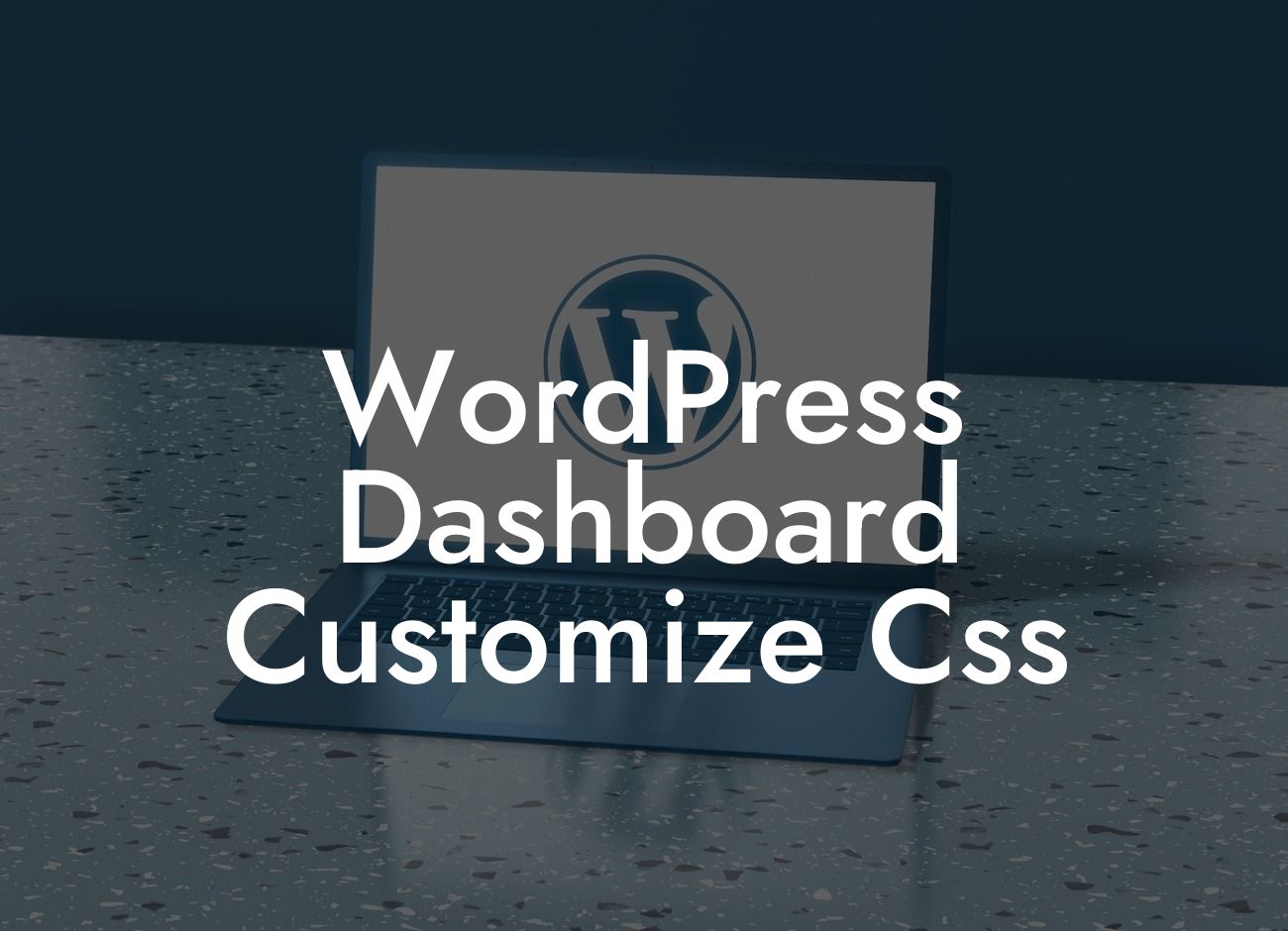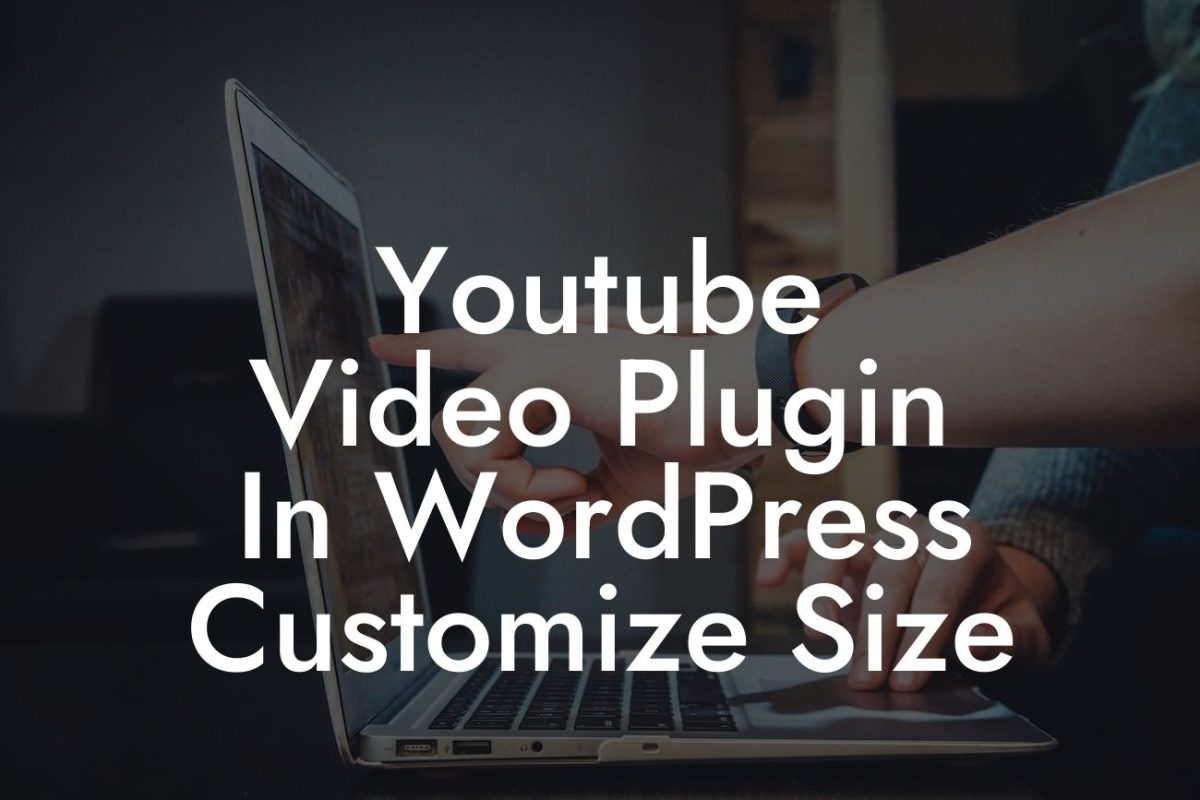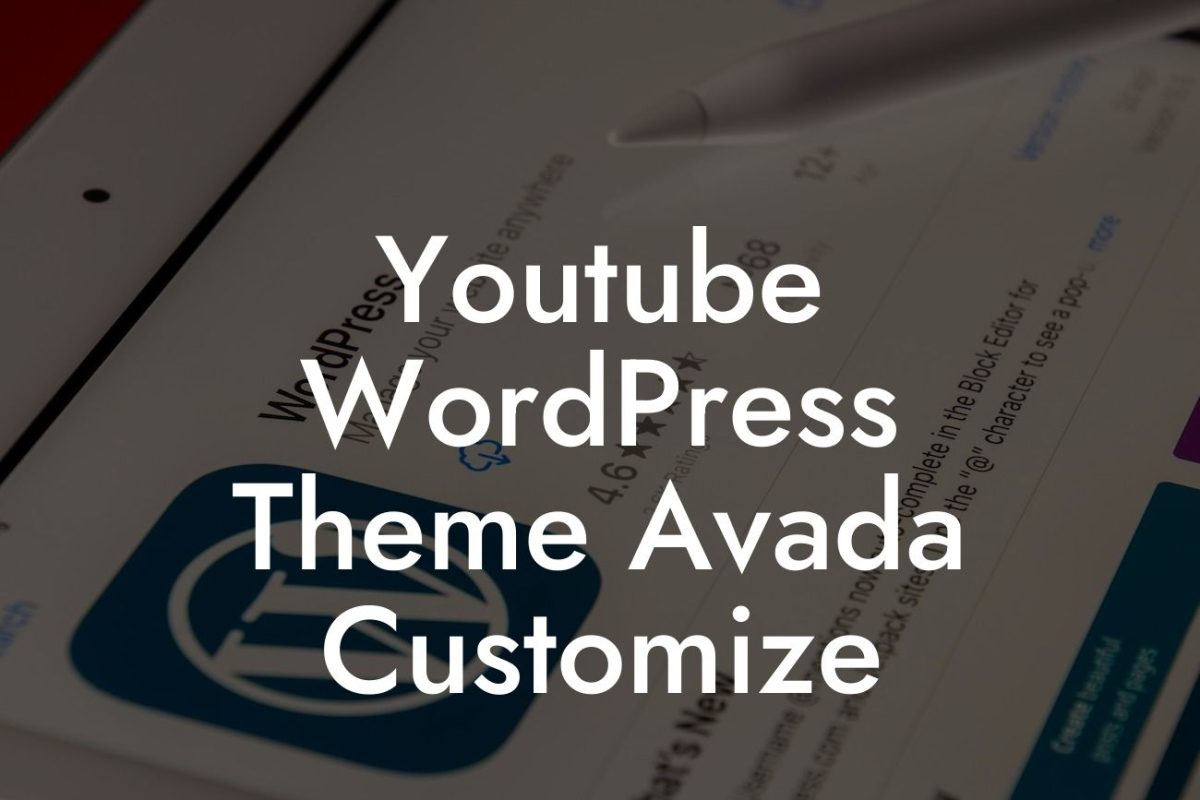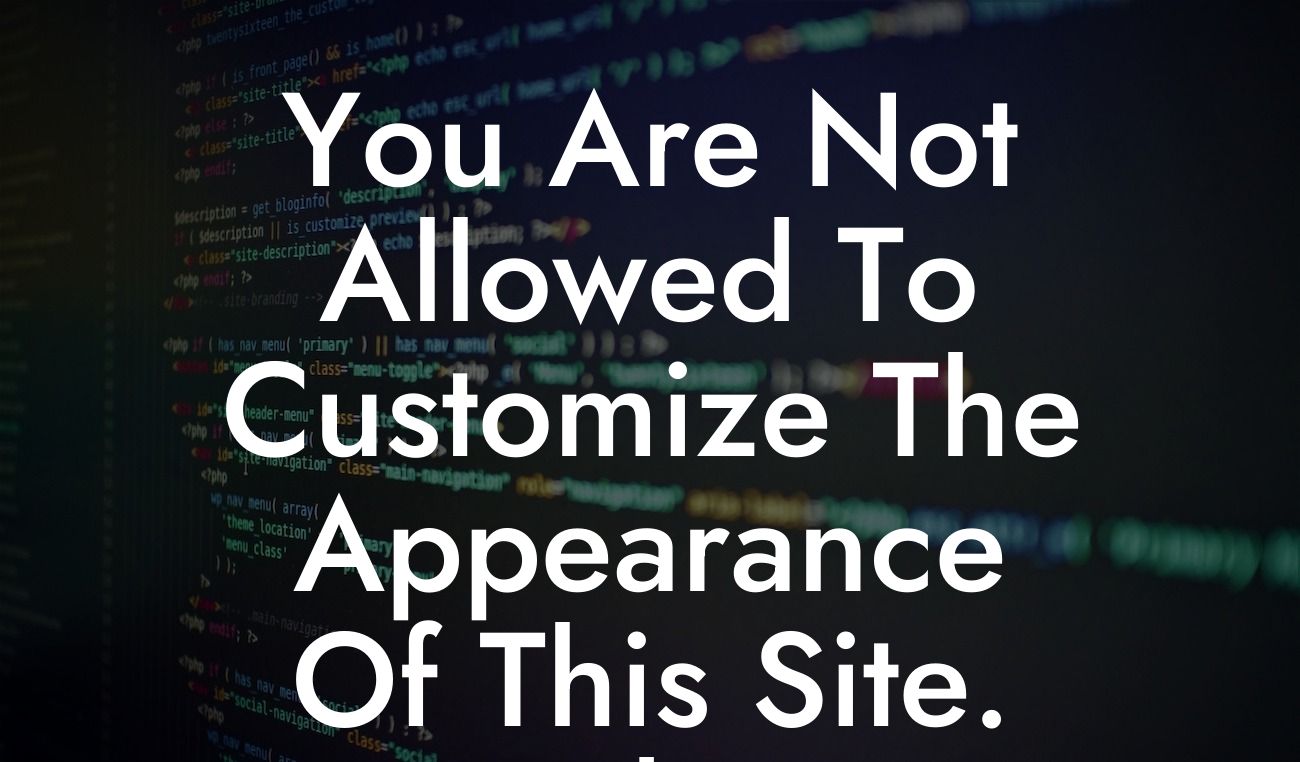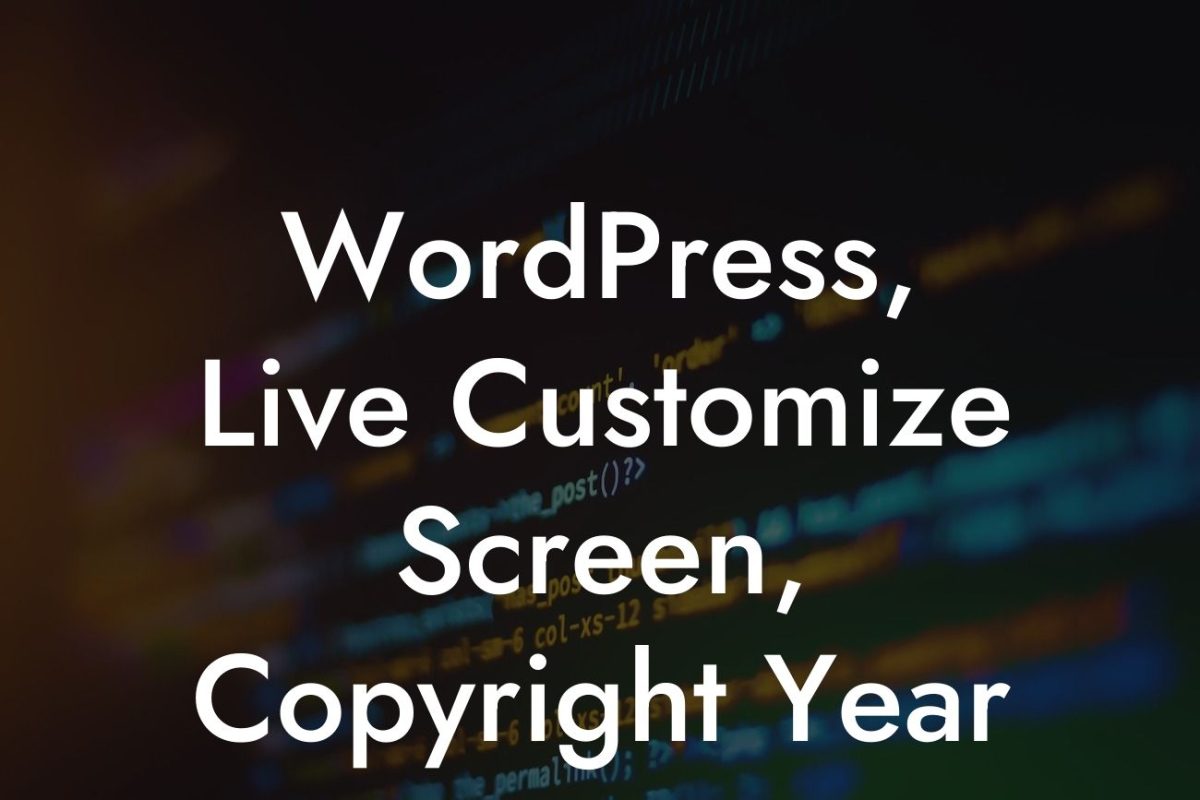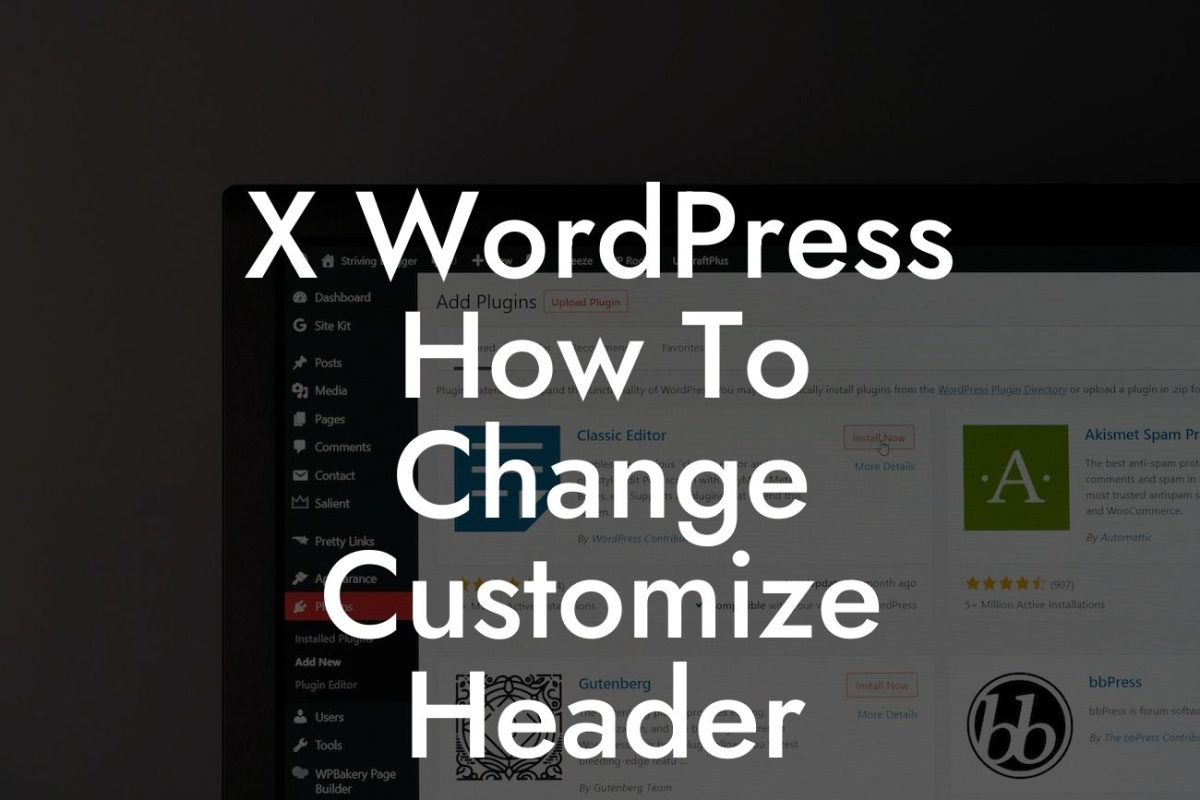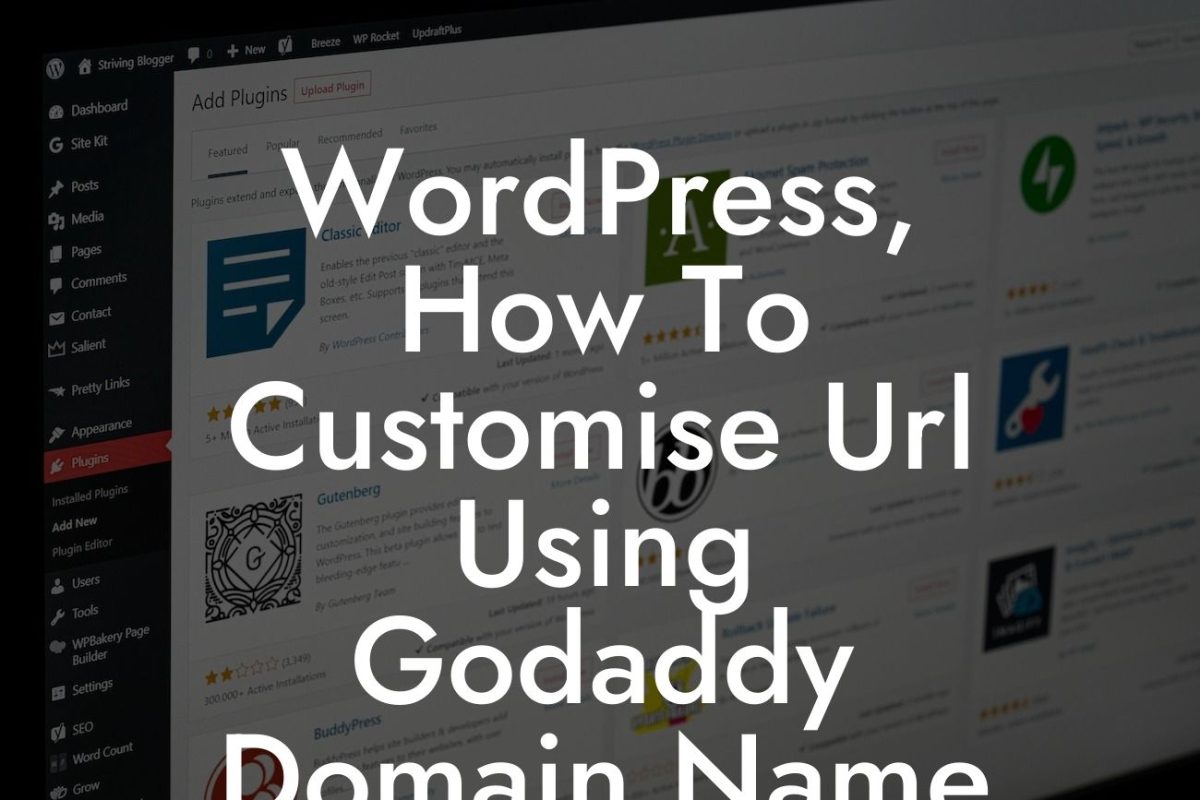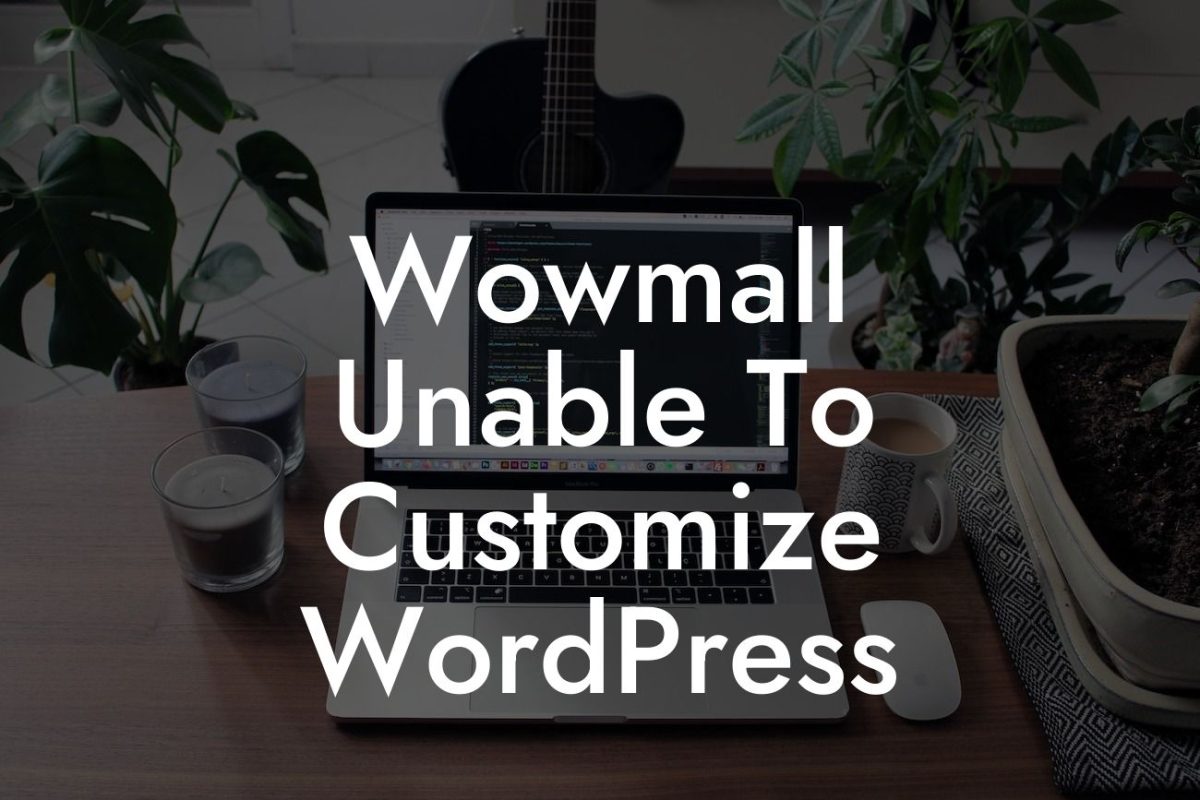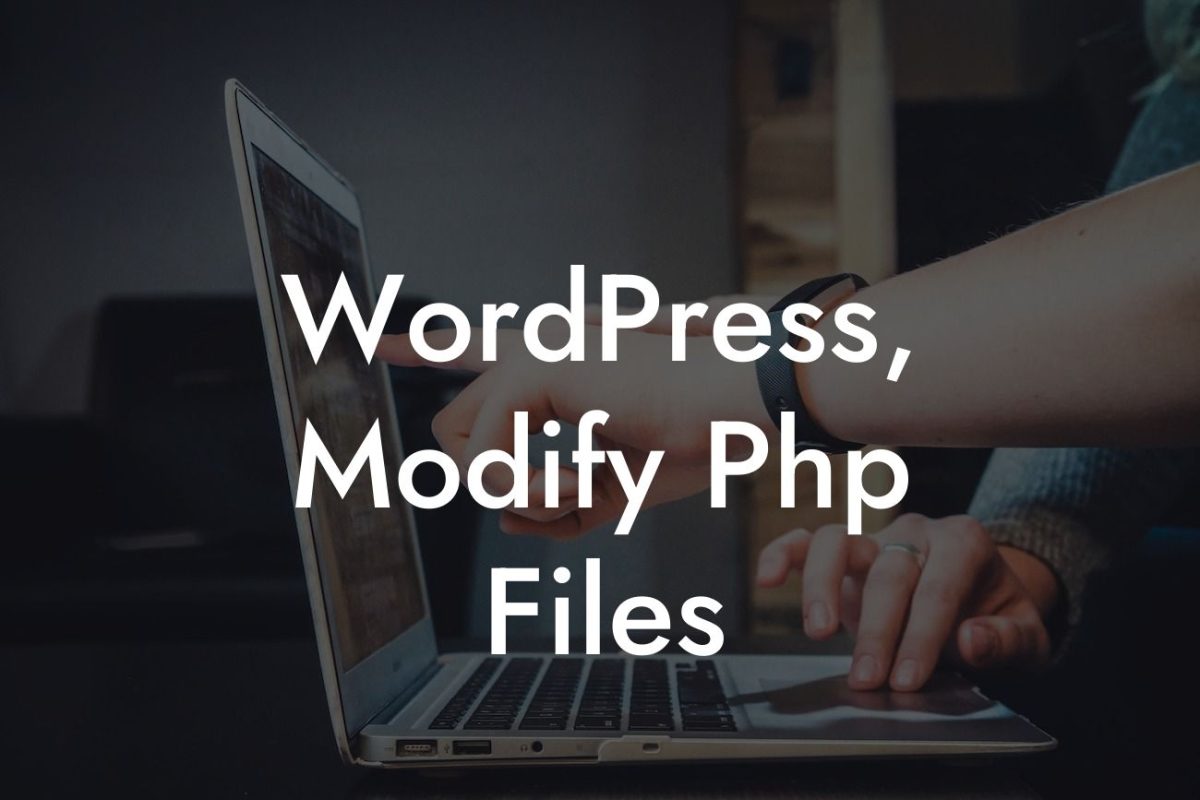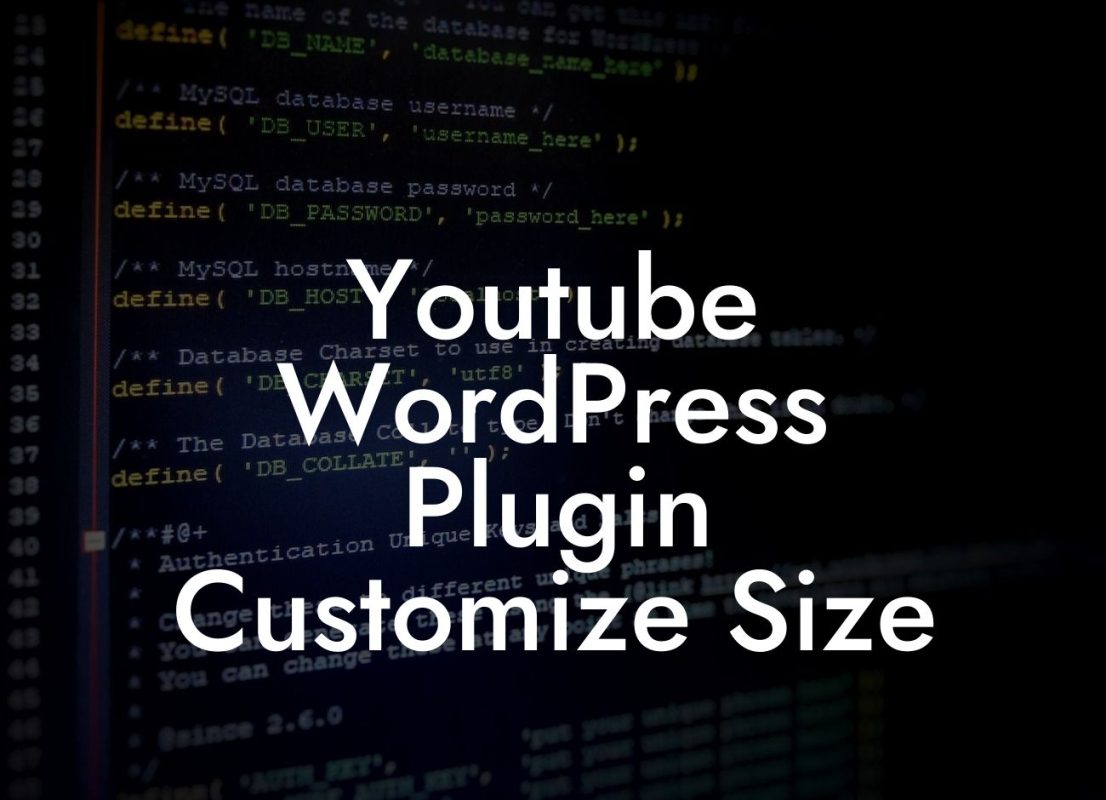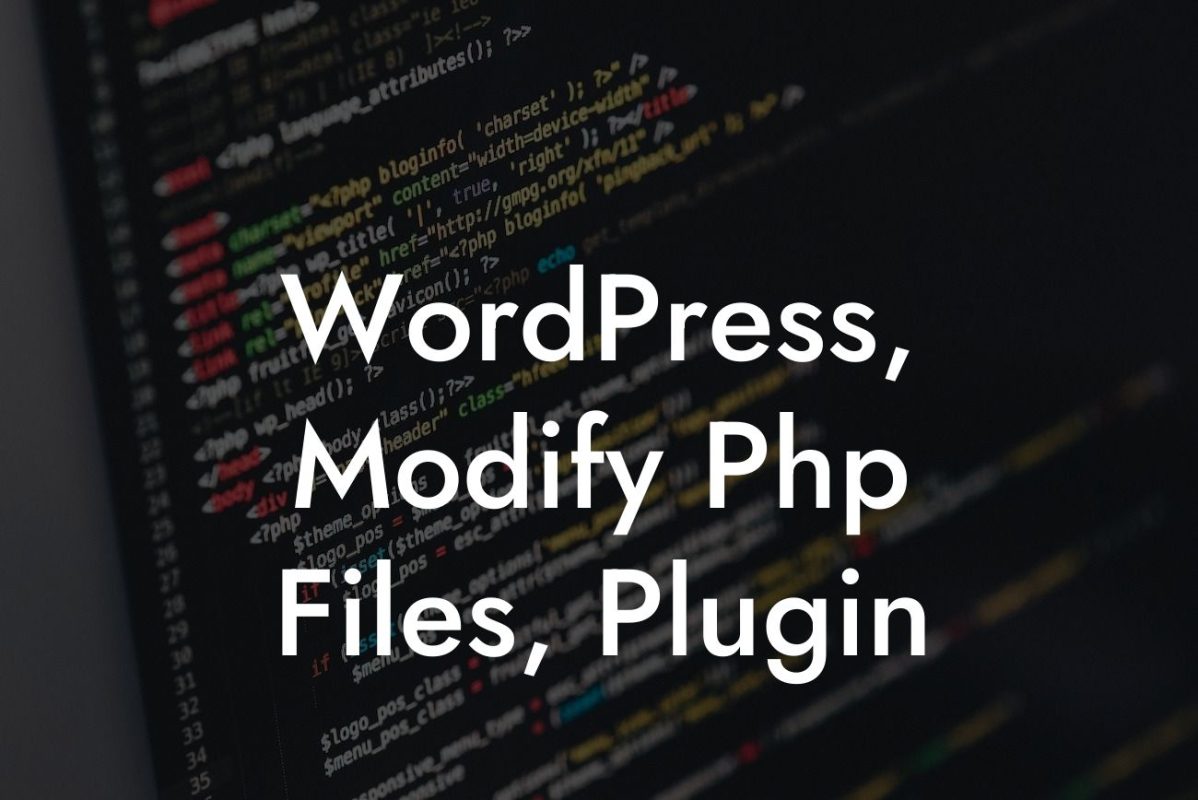Do you wish to take your website's appearance to the next level? Do you strive to provide a personalized experience to visitors and users of your WordPress dashboard? Look no further! In this article, we will guide you on how to customize the CSS of your WordPress dashboard, allowing you to add a touch of uniqueness and accessibility to your website. With DamnWoo's step-by-step approach and remarkable plugins, you can transform your WordPress dashboard into a captivating and efficient workspace. Let's dive into the world of customizable CSS and add that special touch to your online venture!
CSS, or Cascading Style Sheets, is a powerful tool that determines the visual presentation and layout of your website. By customizing the CSS of your WordPress dashboard, you can modify the color scheme, typography, spacing, and much more. Here's a breakdown of the process:
1. Identify the target elements: Begin by determining the specific elements you want to customize in your WordPress dashboard. This could include the navigation menu, buttons, widgets, or even the entire layout.
2. Inspect the CSS classes and IDs: Employ the Developer Tools feature in your favorite browser to inspect the CSS classes and IDs associated with the elements you want to modify. This will help you understand their current design and identify the required changes.
3. Create a child theme: To ensure the changes you make to the CSS are not lost during theme updates, it is recommended to create a child theme. This way, you can maintain the changes while still benefiting from the parent theme's updates.
Looking For a Custom QuickBook Integration?
4. Add custom CSS code: In your child theme's stylesheet, insert the custom CSS code that targets the desired elements. This code will override the default styles and allow you to tailor the appearance to your preferences.
5. Preview and refine: After adding the custom CSS code, preview the changes on your WordPress dashboard. Make necessary adjustments until you achieve the desired look and feel.
Wordpress Dashboard Customize Css Example:
Let's say you want to customize the navigation menu in your WordPress dashboard. Using DamnWoo's plugins, you can easily accomplish this. Start by inspecting the CSS classes and IDs associated with the navigation menu using the Developer Tools feature. Once identified, add the necessary CSS code in your child theme's stylesheet to modify the menu's color, font size, or even introduce interactive animations. With DamnWoo's plugins and guidance, the possibilities are endless!
Congratulations! You have successfully learned how to customize the CSS of your WordPress dashboard. By personalizing the appearance and functionality, you can captivate your audience and provide an exceptional user experience. Don't stop here though – explore DamnWoo's guides for more in-depth techniques and tips, and take advantage of our remarkable plugins to elevate your online presence. Share this article with others who may benefit from customizing their WordPress dashboard and discover the extraordinary together!

